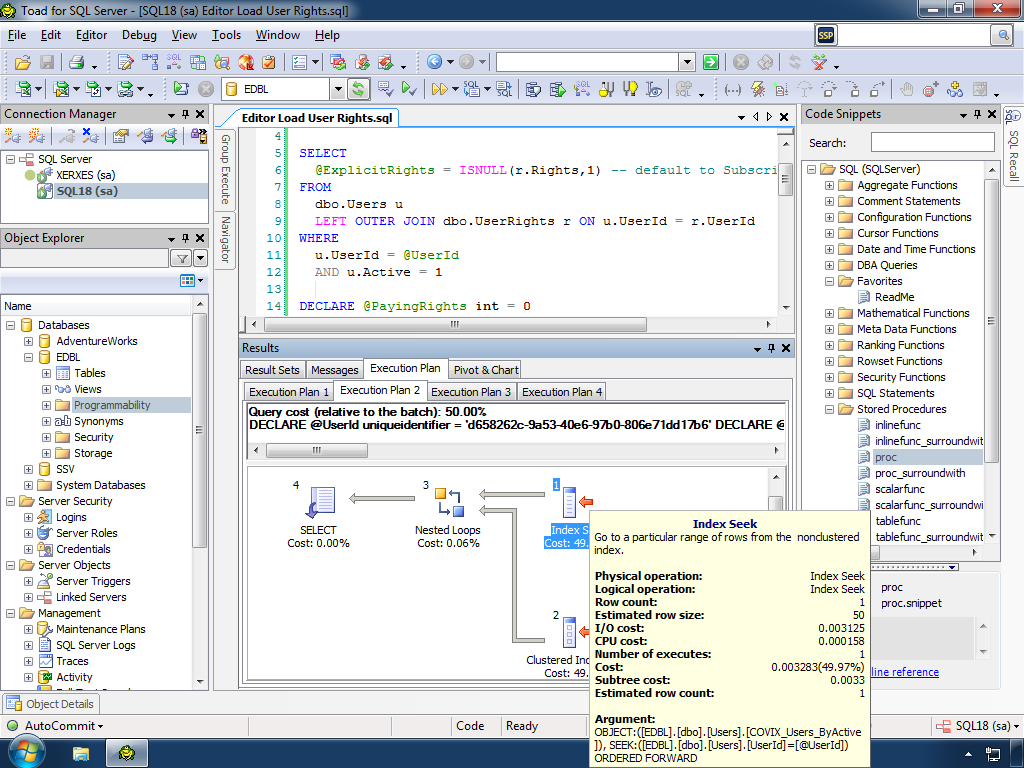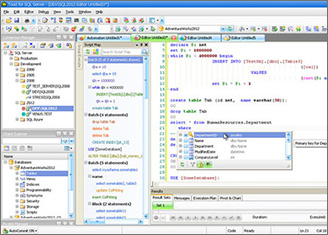


You can limit which data values display by clicking beside the field name.ĭisplays columns along the X axis.For multiple fields, field order determines grid layout.If you add multiple fields to the area, group subtotals display.Consider the following when adding fields to the column area: Areaĭisplays columns across the top of the grid for each field value. Review the following to understand how each Area controls how data is displayed. To build the pivot grid, drag a field from the field list to a destination in the pivot grid or to one of the Areas below the field list. Right-click an object in the Object Explorer and select Pivot Grid.Right-click data in a data grid and select Sent To | Pivot Grid.The pivot grid opens in a new window with the layout preserved. Right-click the pivot grid and select Move to Document. Tip: To save a pivot grid built in the Pivot & Chart tab, send it to the Pivot Grid tool. Then select the Pivot & Chart tab in the Results pane. Use one of the following methods to pivot and chart data:Įxecute a statement in the Editor or Query Builder to generate results.Use this method when you want to save the pivot grid.Ĭaution: Adding a large number of columns or rows to a pivot grid can adversely affect Toad's performance because of the computations required to generate the pivot grid. Send data to the Pivot Grid tool from a data grid or the Object Explorer.This allows you to preview pivoted data as you work on a query. Use the Pivot & Chart tab in the SQL Editor or Query Builder.There are two ways you can pivot and chart data in Toad: This topic covers the following pivot grid tasks: See Automate Toad Pivot Grids for a tutorial of this feature. For example, a bookstore owner can analyze sales by time periods (quarterly, monthly, etc.) for each customer or each genre, or can identify the top 10 customers or authors. This is useful for creating financial and statistical reports. You can sort and aggregate data independent of the original data layout. Use Toad pivot grids to reorganize and summarize data to create meaningful reports. Storage Performance and Utilization Management.Information Archiving & Storage Management.Hybrid Active Directory Security and Governance.Starling Identity Analytics & Risk Intelligence.One Identity Safeguard for Privileged Passwords.


 0 kommentar(er)
0 kommentar(er)
